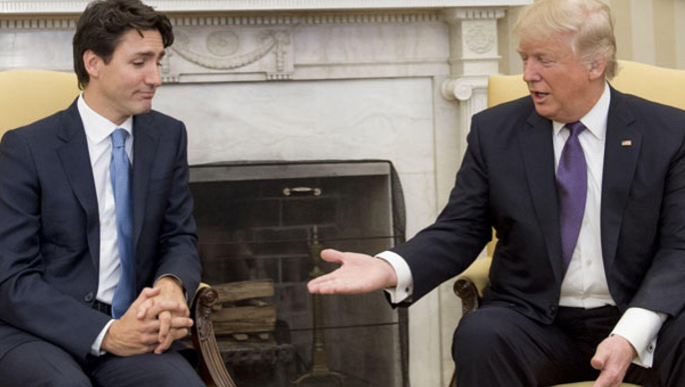The real story behind the NAFTA negotiations on autos and labour standards.
$1.99
by Ethan Phillips – October 1, 2018
There is no question that Donald Trump rode a wave of anti-trade sentiment to victory in the 2016 presidential election. This included a threat to rip up NAFTA, which he called “the worst trade deal in the history” of the United States.
Trump’s was a populist message that tapped into long-simmering resentment over the loss of American manufacturing operations – including the loss of auto assembly and auto parts plants – to Mexico. And it resonated strongly with voters in the leading manufacturing states – including the states of Michigan, Wisconsin and Pennsylvania that ultimately gave Trump his victory.
Therefore, it should be no surprise that at the start of the NAFTA talks, Canadian trade officials believed the success of the NAFTA renegotiation hinged on Trump’s ability to claim a win on the auto front. Further, they believed the route to that victory would be through stricter labour standards to minimize Mexico’s low-wage advantage in attracting auto investment.
This article explores both the specific provisions of the labour provisions agreed to and the politics behind the provisions. As the USMA (as the new deal is called) needs the ratification of a pro-labour Democratic controlled House to go into law, this article sheds light on the specific provisions that could turn out to be a deal breaker in the tri-party attempts to re-negotiate NAFTA.



